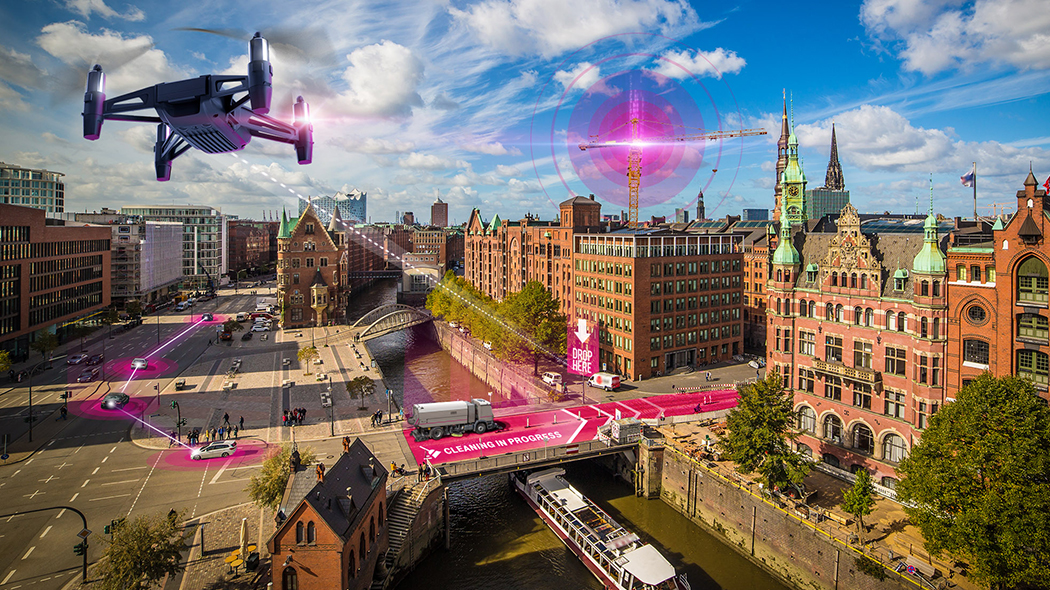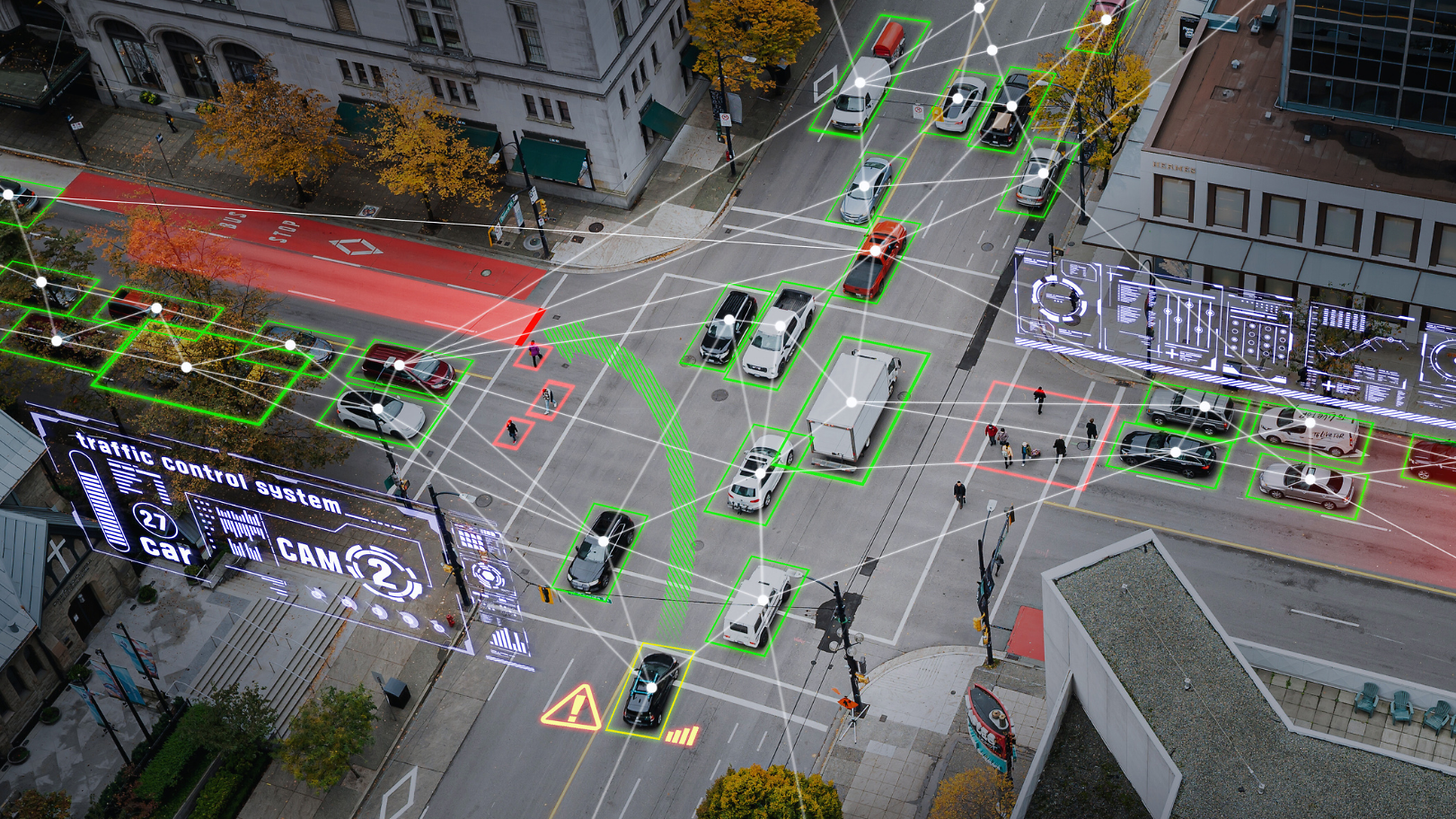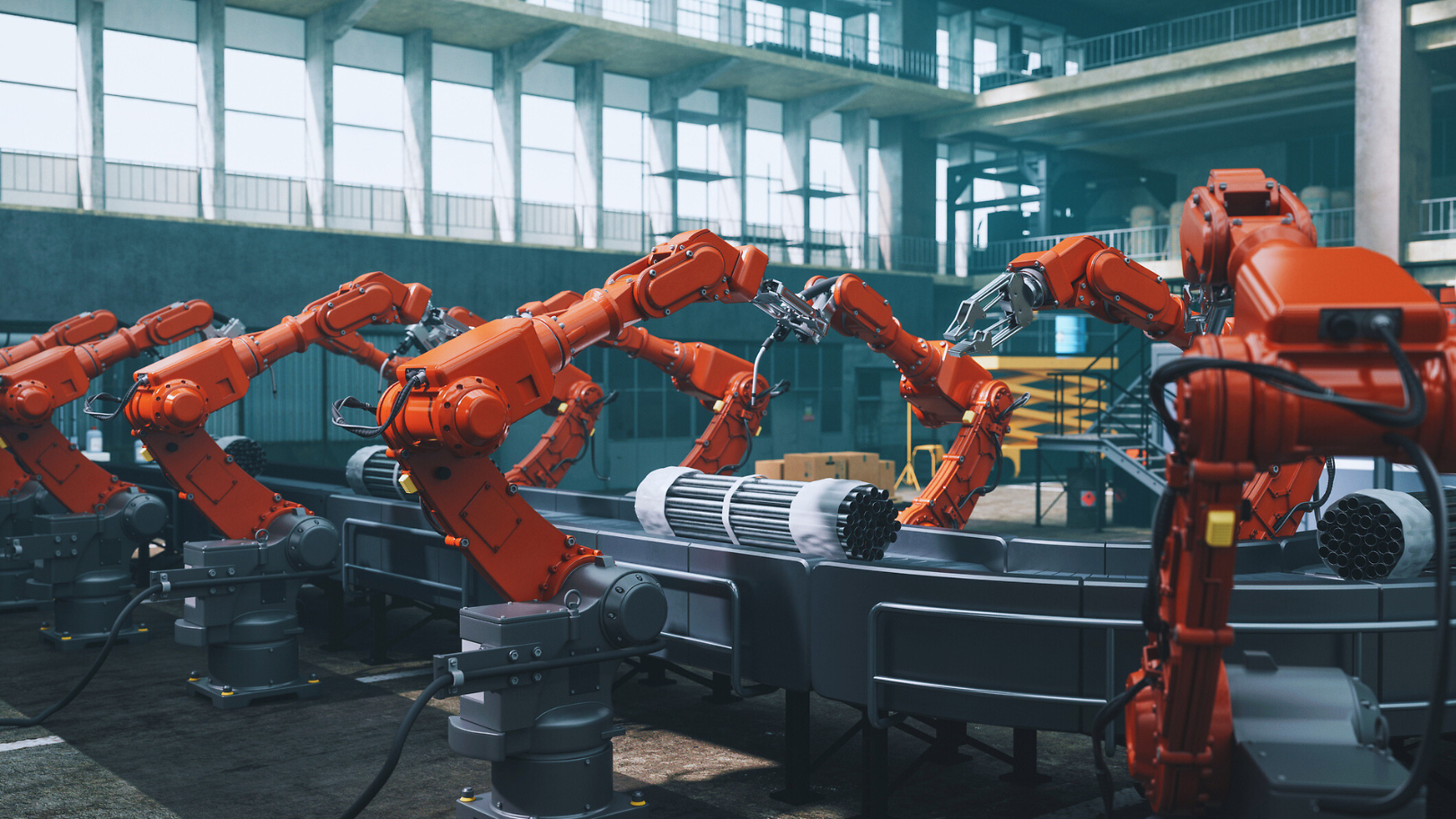Precise positioning
18.03.2020 by Ümit Günes

Drones delivering packages, autonomous vehicles and networked construction machinery – they all need exact coordinates to move safely. Precise Positioning makes it now possible.
The first step towards autonomous driving was taken way back in 1901, when the Daimler-Motoren-Gesellschaft presented the Mercedes 35 HP. What made it so revolutionary? The car had no room for a chauffeur in the vehicle – owners would drive themselves into the future. Now the next evolutionary leap is imminent: autonomous driving will refashion our ideas about mobility. Intelligent vehicles linked to the Internet will network with each other and with other mobility services. In the future, these smart cars will even replace the driver, allowing her to sit in the back seat and work, read or watch a film in comfort. The technology for such intelligent systems – sensors, the Internet of Things, artificial intelligence – is ready to go. Self-driving vehicles from various companies such as Google and Tesla have spent countless hours on the test track and even on the roads for initial pilot projects. However, the road to fully autonomous driving is still a long way off. This new brand of mobility requires the integration and management of myriad digital technologies.





